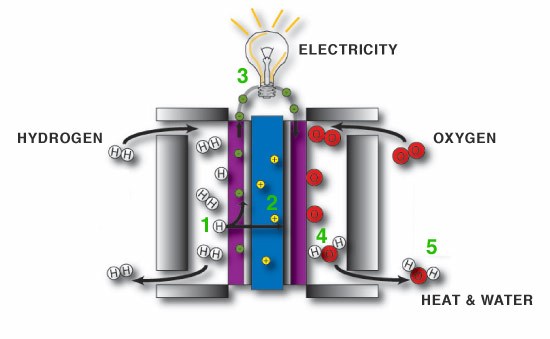A topic I have been through before, but requires attention again.
E = mc2
The Term coined, Mass Energy Equivalence.
E = Energy, m = Mass and c is the speed of Light, but this is squared, so is c2
Today our entire Electrical world depends on Energy! We call this Electrical Energy, Voltage x Current. A Charge Potential and a Current that can Flow as a result of this Charge Potential.
Carbon Dioxide, a well known Gas, can change its form by Cooling it and Compressing it, or pressurising it. This process turns a Gas into a Liquid. Similarly, Energy is Mass Compressed by c2.
The good old fashioned Electrical "Generator" that so called "Generates" a Voltage Potential can do so with very little force required. This is similar to rubbing Glass with a Silk Cloth, Charge Separation!
However, as soon as we draw a Current, one Ampere being defined as 6.24 · 1018 Electrons per Second, we see a very large restriction. This restriction is called Lenz's Law, an Equal and opposite Magnetomotive Force, Lenz's law is initially provided as a Negative sign in Faraday's Law of Electromagnetic Induction.
Magnetically, we have two equal and opposite Magnetomotive Forces, this creates a very high stress area, similar to the change in Carbon Dioxide, from a Gas to a Liquid, instead we have Mass release bound Electrons, freeing the Electrons so more Electrons can flow.
The Voltage produced is the already existing free Electrons, separated and guided to the Terminals. The direction of guidance can be determined by The Lorentz Force.
Applying a Stress, to a Mass, allows for the ability to Free more and more Electrons to become Free to Flow Electrons.
The Water Cell is an example:

The Mass is Water ( H2O ), the applied Stress is Electrical, between two Capacitor Plates, this Separates the Oxygen molecule ( O ) from the Hydrogen Molecules ( H2 ) giving Hydrogen Gas and Oxygen Gas.
If no Stress were to be applied, then Water ( H2O ) is a well known Stable Mass.
Similarly, Copper, a Mass, the Atomic structure consisting of:
- 29 Electrons
- 29 Protons
- 34 Neutrons
when put under a Stress, can release its outermost Electrons for use as Free Electrons to Flow in a Circuit as Current.
I want to quote Floyd Sweet again, many others have said a similar thing:
The current and potential windings require relatively little power, and are applied in such a manner that rate of flow of moving charges may be accelerated beyond 1 Ampere = 6.24 x 1018 Electrons / second. Thus the duty factor of the copper changes.
Losses diminish and more charges drawn from the now coherent space field flow at a faster rate as current to the load. This means as more current is required by varying loads more feedback magnetomotive forces free more electrons from binding forces complimented by potential magnetic forces of the orientated, coherent space field. Thus a conductor that formerly had a temperature rise above ambient labelled as a factor of 10 would now operate at a temperature of 1.0. Thus the same gauge wire would carry 10 times more current at the same temperature.
And:
The current and voltage initiating fields are in such a direction to either accelerate or decelerate the rate of flow of charges depending on the applied polarity and voltage amplitudes.
As polarity may be maintained constant, that polarity of acceleration should be chosen so charges move at faster rates, lowering copper duty factor, at the same time opening the gates wider so more coherent field entities may enter for the conversion process.
It’s obvious, we have a self-regulated machine whose inherent conservation to the nth degree.
Floyd Sweet also makes special note of Freeing more Electrons. A Stress required to over come the Binding Forces of the Electron to its orbital/Nucleus, this Stress is specifically to make more Electrons Flow in the Conductor.
EDIT IN PROGRESS... More to come












